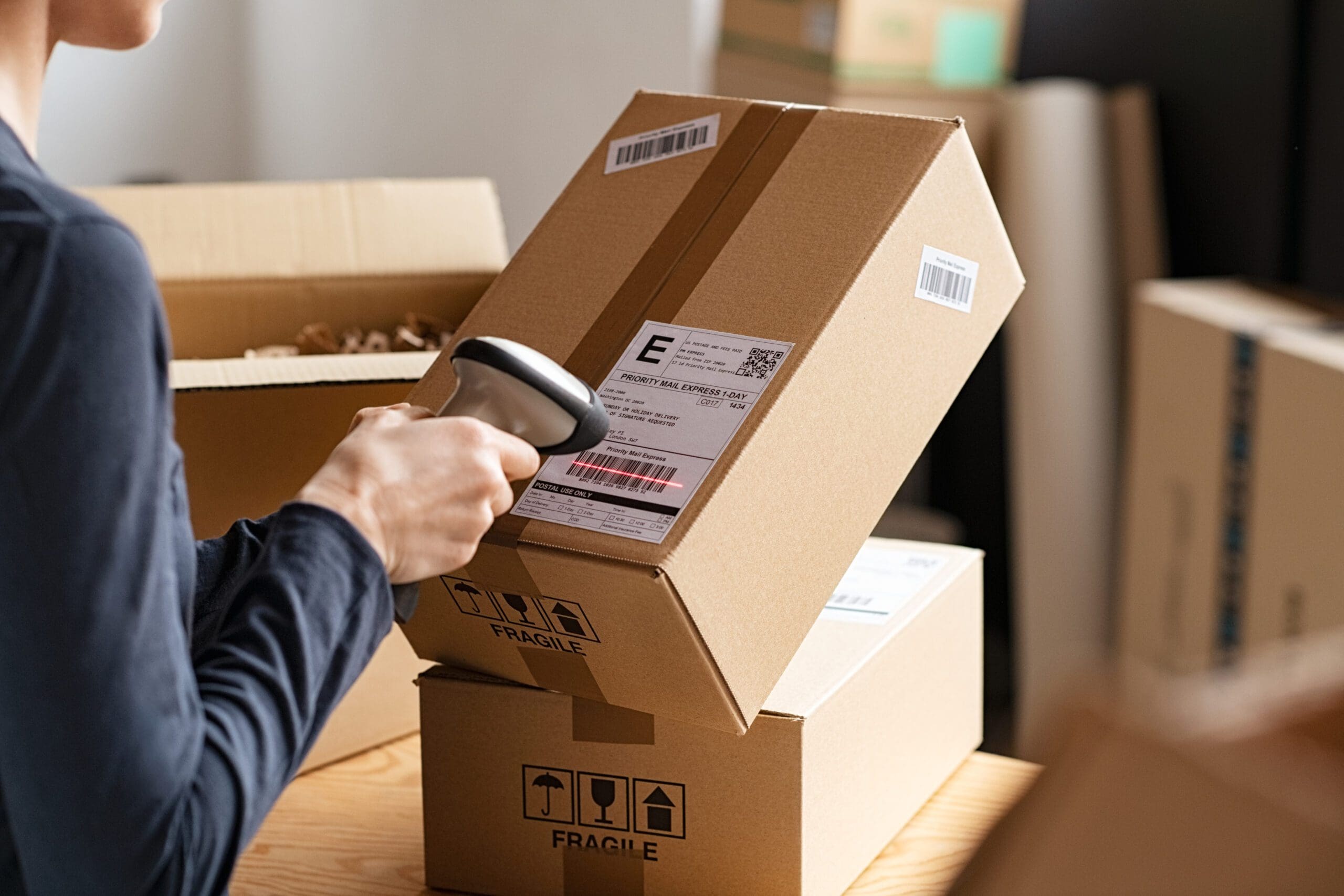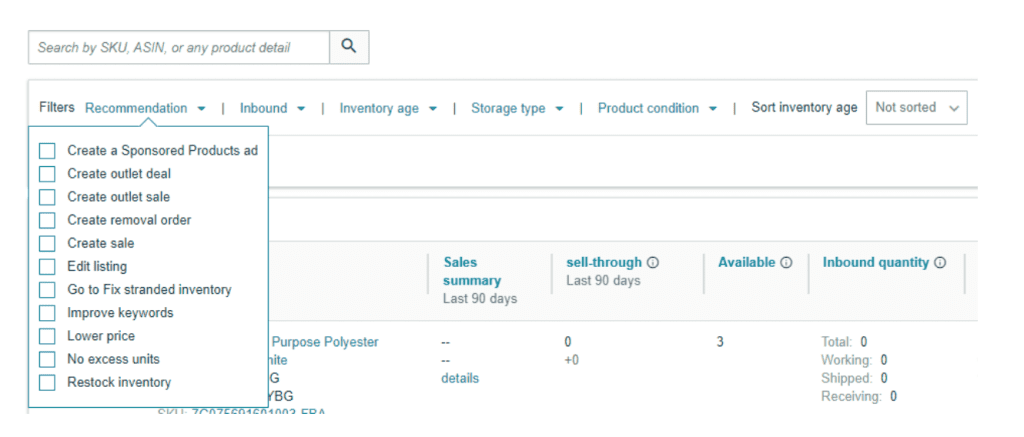When you are starting a business, you may not have all the money you need to get it off the ground. A business loan may be necessary.
Most lenders want borrowers to have a good credit score and business history that shows a steady income and a few years in business. But if you are just starting out, or if you have had financial difficulties in the past, you may not be able to qualify.
Fortunately, there are options for people who are unable to meet the qualifications of a traditional loan. One of these is inventory financing.
What is inventory financing?
Inventory Financing is a loan used specifically to buy inventory. The inventory is used as collateral and the money must be paid back with interest. Similarly, you may have heard of inventory funding. It too is used for purchasing inventory, but it’s provided by backers. Inventory funding may be cheaper and more flexible in terms of repayment.
How does inventory financing work?
Inventory financing may be provided as a lump sum or a revolving line of credit. Backers or lenders may also pay suppliers directly.
A revolving line of credit is a certain amount of money made available to the company. The company can borrow any amount up to the limit at any time. Interest is charged right away, and the money can be paid back immediately or in installments.
The difference between inventory financing and other types of loans, is that the money must be used for inventory. The inventory is used as collateral so if the company defaults on the loan, they can lose their inventory.
While inventory financing may not look at credit scores, lenders can consider factors like resale value, theft, loss provisions, perishability and the state of the business and inventory. This can make it difficult for some businesses to qualify.
What kind of businesses can qualify for inventory financing?
Any type of company that sells inventory can qualify for inventory financing. However, they will be more likely to be approved if they sell a popular item that has a good resale value and is not perishable. If items are stored safely, that will also be beneficial in the approval process.
Where can I obtain inventory financing?
Conventional lenders like banks do not offer inventory financing. But there are private lenders, private investors, and lending companies that provide these loans.
What are the costs associated with inventory financing?
One of the biggest disadvantages of inventory financing is that it’s expensive. Set up fees and interest rates can be high. The interest charged will depend on how risky the lender feels the investment will be, but costs can go well into the double digits. Kickfurther is up to 30% cheaper than other inventory funding options.
How much can a business borrow for inventory funding needs?
Theoretically, a business can borrow any amount up to the total liquidation value of their inventory. However, most lenders will finance only 50% to 80% of that amount.
Common uses for inventory financing
Inventory financing can be used for any of the following purposes.
Retail: A retail store can use inventory financing to buy products to sell to consumers. This includes anything from clothes to jewelry, to housewares to toys… and the list goes on.
Wholesale: Wholesale companies deal mostly in B2B sales. They buy and sell in bulk and may need funding to purchase the products they sell.
Seasonal: Seasonal businesses have products that are in demand during certain seasons. A pool supply store is the perfect example. They may need an infusion of cash to purchase the products they will be selling in the coming months.
Are there alternatives to inventory financing?
Companies that can’t qualify for traditional loans may turn to inventory financing. But that’s not the only loan option for businesses that can’t show a strong credit score to consider. Here are some other choices.
Alternative Loans: Alternative loans work like regular loans but they are shorter term and offer higher interest rates due to the bigger risk the lender is taking.
Merchant Cash Advances: A merchant cash advance works like a credit card. The money is paid back based on your daily credit card and debit card sales so you can make payments in accordance with your budget. However, fees for this type of funding can be high.
Equipment Financing: Equipment financing works just like inventory financing only equipment is used as collateral instead of inventory. It’s a good option if your company manufactures products rather than buying and selling them.
Invoice Financing: This involves selling your unpaid invoices to a lender. The lender will buy your invoices for the amount owed minus fees. They will then collect directly from the customers.
Purchase Order Financing: This is a type of inventory financing that allows you to finance inventory associated with a specific purchase order. It is a good option for wholesalers who have large purchase orders and cannot fulfill them for lack of funds. They are easier to get approval for than inventory financing because the inventory used as collateral is guaranteed to sell.
Who can obtain inventory financing?
While any company that sells inventory may apply for an inventory financing loan, some qualifications will apply. Lenders will be more likely to offer loans to businesses that meet the following qualifications:
Have been in business at least a year: Lenders will want to see a comprehensive sales history before approving you for a loan.
Show a sales history: In addition to showing you have been in business for a year or more, you may also need to prepare a detailed report of your sales history including turnover, profits and sales projections. The lender will want to see that your business is profitable.
Provide a detailed inventory system: Lenders will be especially particular about inventory control and product movement. You may need to provide them with updated reports on shipping, returns, accounts receivables, sales order receipts and anything that shows you are monitoring merchandise and keeping it safe.
Requirements to qualify for inventory financing
Requirements to qualify for inventory financing can vary depending on the lender or backer. In most cases, you will need a minimum of 6-12 months in business. Unlike traditional business loans, qualifying for inventory financing is much more laxed. At Kickfurther you should sell a physical product with sales over $400,000 in the last 12 months to qualify.
How fast can I get funded?
Inventory financing tends to get funded quickly because it has a simpler application process and requires less paperwork than traditional loans. Borrowers may get financing in as little as 24 hours. At Kickfurther most deals are funded within a day, but some are funded in minutes to hours.
Inventory financing: pros and cons
Inventory financing comes with its share of pros and cons.
It’s advantageous because it gives you the money you need to buy products and start selling inventory. It does not require you to show a high credit score or provide personal collateral and funds are provided quickly.
On the downside, it can be hard to get approval depending on the nature of the goods you are selling and your credit history. It also comes with high interest rates.
How Kickfurther can help
Kickfurther can help brands that sell physical products with revenue between $400k to $15mm over the last 12 months. We connect brands to a community of eager buyers who help fund inventory on consignment. Brands can benefit from the flexibility to pay that back as they receive cash from their sales. Kickfurther is the world’s first online inventory financing platform that enables companies to access funds they are unable to acquire through traditional sources. Kickfurther has 800+ opportunities funded totaling $100mm+ and a 99% funding success rate.
How to apply for inventory financing
At Kickfurther, you can apply for inventory funding in 4 easy steps:
#1. Create your online account
Input business information and upload documentation to get started.
#2. Get funded within minutes to hours
Once approved, our community can fund you within minutes to hours.
#3. Control your payment schedule
Kickfurther buyers pay your manufacturer for inventory. You payback the buyers as inventory sells.
#4. Complete and repeat
Once you’ve reached your goal, you can repeat the funding process to raise more money.
Conclusion
If you need funding to stock inventory, inventory funding is a viable option. It’s easier to qualify for and typically more cost effective than traditional business loans. While inventory financing may cost money, it can help grow sales while making sure your company never misses out on a sale.
Discover affordable inventory funding. . . create an online account at Kickfurther today!







 Becky Trowbridge is the Digital Marketing Manager at
Becky Trowbridge is the Digital Marketing Manager at 